Nothing ruins your day during this time of the year like a sudden blackout that leaves your air conditioner dead. It seems that heat waves are increasing in frequency and intensity more and more each year. The air conditioner and a cold beverage or two are your only allies in your fight against these heat waves. But how do you keep your cool (pun intended) if power outages are a common occurrence in your region?
The obvious answer would be to buy a generator and keep it running 24/7, or perhaps install a few solar panels. If those are not an option, fear not, as there are still ways to keep your home cool when the grid goes down. You just need to get creative and improvise. Here are a few suggestions that you should put to the test:
Build your own AC
There are various DIY tutorials on the internet for building a small air conditioning unit, and all you need is the right materials and a little bit of elbow grease.
Get the following materials:
- A large plastic container (a food bucket will do just fine). This will serve as the main body of your air conditioner.
- A battery-powered fan or one that can be attached to a power bank is ideal for portability, but any small fan will work.
- PVC pipe or plastic tubing that should be about 2-3 feet long, with a diameter that matches the cooler lid or container.
- Ice packs or frozen water bottles since these will be the cooling source. I usually use Pringles cans filled with water. I let them freeze and get the ice out when I need it for various projects.
- A drill and hole saw to cut holes in the cooler or container.
- Duct tape to secure components if needed.
Instructions:
Once you’ve picked a plastic container with a lid, use the drill and hole saw to cut two holes in the lid or top of the container. One hole should be the size of the fan, and the other should fit the PVC pipe or tubing snugly.
Place the fan facing downward over one of the holes so it blows air into the container. Secure the fan in place with duct tape if needed, ensuring the fan can still be turned on and off easily.
Insert the PVC pipe or plastic tubing into the second hole. This will be the exhaust through which the cool air will flow out. If necessary, seal around the pipe with duct tape to prevent air leaks.
Fill the cooler or container with ice packs, frozen water bottles, or a combination of ice and water. The colder the material, the more effective your improvised AC will be. Place the ice inside the container, making sure it doesn’t block the airflow.
Close the lid of the container, ensuring the fan and exhaust pipe are securely in place. Turn on the fan. The fan will draw warm air into the cooler, where it will pass over the ice, and then blow out cooler air through the PVC pipe or tubing.
But how about getting ice if there is no power?
That might be a problem for some since not everyone keeps a freezer full of ice. However, you can still store ice if you don’t have enough room in your freezer. All you need to do is build a simple icebox, similar to the ones your ancestors used. Many people in warm and hot regions keep an icebox in their cellar or basement. If you’re tempted to do the same, below you will find the information needed to build one.
Get the following materials:
- Insulation material such as thick straw bales, sawdust, wood shavings—like they used in the old days—or foam insulation panels.
- A wooden or metal frame for the structure.
- Waterproof lining. I would recommend trying heavy-duty plastic sheeting or tarps.
- Plywood or wooden planks for building walls and a cover.
- Ice blocks.
- Basic tools for construction.
Instructions:
Select a cool, dry, and well-ventilated area in an underground location, like your basement. Ideally, this location should be on the north side of the house, where temperatures are naturally lower. Ensure that the area is away from any heat sources, such as water heaters.
Clear the area where you plan to build the ice house. Make sure the floor is level. Lay down a layer of thick insulation on the floor to prevent the ice from melting due to contact with the ground. Straw bales or a thick layer of sawdust are effective for this purpose.
Construct a simple box-like structure using wooden planks or plywood. The size of the structure should be large enough to hold the amount of ice you plan to store but small enough to fit comfortably in your basement.
If you decide to build a frame, do so first and then attach the insulation material (e.g., foam panels or straw bales) to the inside walls of the frame. Make sure the walls are thick and well-insulated. You can double-layer the insulation for better thermal retention.
Line the inside of the structure with additional insulation materials such as sawdust, straw, or wood shavings. These materials act as natural insulators and will help maintain the low temperature inside the ice house. Pack the insulation material tightly around all sides, including the bottom and top, to reduce air gaps and maximize efficiency.
Line the inside of the insulated box with heavy-duty plastic sheeting or tarps to create a waterproof barrier. This will protect the insulation from moisture and prevent water from leaking out as the ice melts. Make sure the lining covers the entire interior, including the walls, floor, and any gaps.
Place the ice blocks or bags of ice inside the insulated structure. Larger blocks of ice will melt more slowly than smaller pieces. Once the ice is in place, cover it with additional insulation material like sawdust, straw, or wood shavings. This will create an extra barrier to help keep the ice cold.
Place a lid or cover made of insulated material over the top of the structure. Ensure the lid is snug and well-sealed to keep out warm air. Seal any gaps around the edges of the structure with duct tape or caulking to prevent warm air from entering.
Note: The colder and more compact the ice, the longer it will last. Consider using large blocks of ice. Check the ice periodically, adding more insulation or ice as needed. Keep the structure closed as much as possible to maintain a cold environment inside.
Build a water misting system
A water misting system is a great way to cool down an outdoor space, but it can also help you keep the inside of your home cooler.
Get the following materials:
- PVC pipes or flexible tubing (1/4-inch or 1/2-inch diameter). The length will depend on the area you want to cover.
- Misting nozzles—small nozzles that create a fine mist. You can find them at hardware stores or online.
- PVC connectors (tees, elbows, etc.) or hose connectors to join sections of the PVC pipe or tubing.
- A garden hose or a direct water line.
- A hose adapter to connect the misting system to a garden hose.
- Pipe clamps or zip ties to secure the system in place.
- A drill with a small drill bit if you are using PVC pipes to create holes for the misting nozzles.
Instructions:
Determine the area you want to cool with the misting system. Measure the perimeter or length of the area to know how much PVC pipe or tubing you’ll need. It’s recommended to place the tubing above windows. Place the misting nozzles 1 foot apart.
Cut the PVC pipes or flexible tubing to the required lengths based on your layout. If you are using PVC pipes, assemble them using PVC connectors (tees, elbows) to form the desired shape (e.g., a square, rectangle, or straight line).
Use a drill with a small bit to create holes at the points where you want to install the misting nozzles. Make sure the holes are slightly smaller than the threads of the nozzles for a tight fit. Screw the misting nozzles into the holes. You can use plumber’s tape around the threads for a more secure and leak-free fit.
If you are using flexible tubing, get misting nozzles that are designed to snap directly into the tubing. Simply cut or pierce the tubing at the designated points and insert the nozzles.
Attach a hose adapter to one end of the PVC pipe or tubing. This adapter will connect your misting system to the garden hose or water line. Connect the garden hose to the adapter.
Use pipe clamps, zip ties, or other mounting hardware to secure the misting system to a structure. Position it so that the mist will be directed where you want to cool down. Make sure the system is stable and that the nozzles are pointing downward or outward to avoid water pooling.
Turn on the water to test the misting system. Check for leaks and ensure that all nozzles are functioning properly. If the mist is too fine or too coarse, you may need to adjust the water pressure or replace the nozzles with ones that have a different flow rate. Adjust the nozzle angles as needed to achieve even mist distribution.
Note: This system typically works best with a water pressure of 40-60 psi. If your water pressure is low, consider using a booster pump.
Follow the teachings of your ancestors
Your ancestors didn’t have air conditioning, but they still managed to keep their homes cool during hot days. They had a few tips and tricks at their disposal. Here are the methods they used:
First of all, homes were often designed with high ceilings, thick walls, and deep eaves to keep interiors cool. These architectural features helped reduce heat absorption and improve air circulation. Homes were frequently painted white or light colors to reflect sunlight, further reducing heat absorption.
Windows and doors were positioned to allow for cross-ventilation, where cooler air could flow through the house. Opening windows at night, when temperatures dropped, helped cool down interiors.
To block out the sun during the hottest part of the day, windows were covered using thick blankets or carpets. Many homes also had heavy blinds.
Vegetation was a key ally in the fight against heat. Trees, shrubs, and vines were often planted around houses to create natural shade and lower the surrounding temperature.
To cool the air inside rooms, damp sheets or cloths were hung in doorways or windows.
People often spent time in basements or lower levels of buildings, which naturally stayed cooler due to their position underground.
A final word – If you are dealing with power outages or want to reduce energy consumption, try one of the projects listed in this article. They offer creative and resourceful approaches to staying cool.




























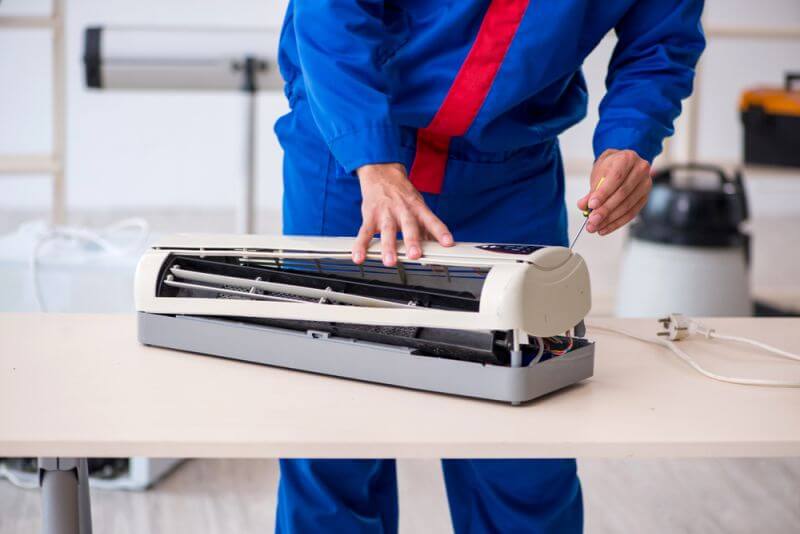


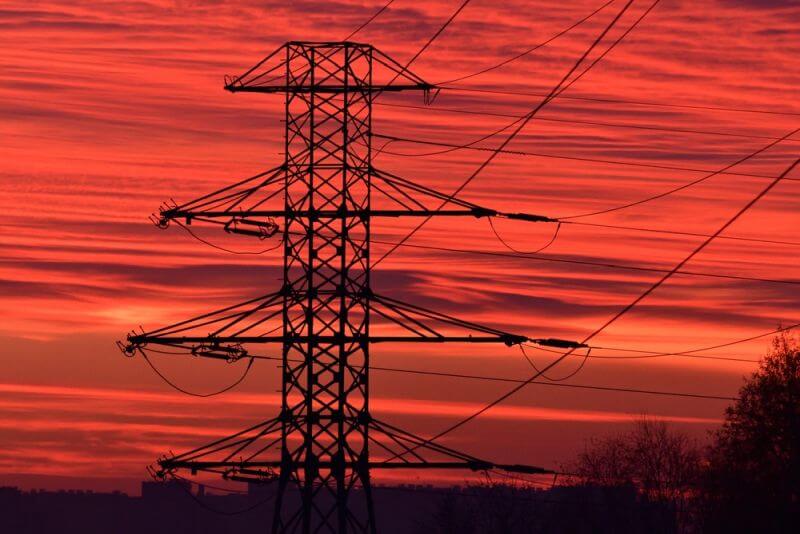
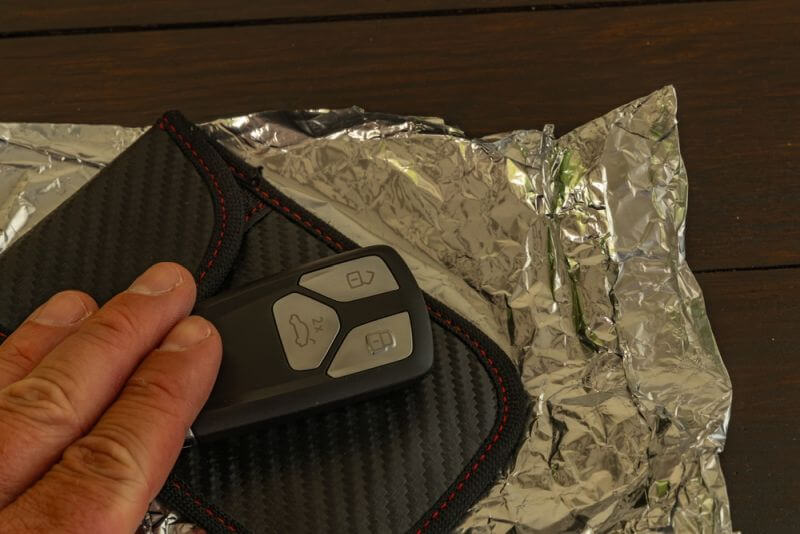

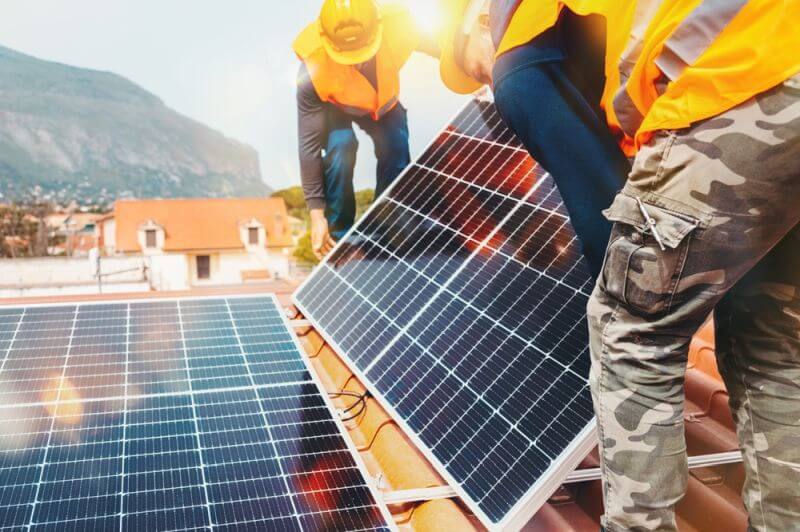
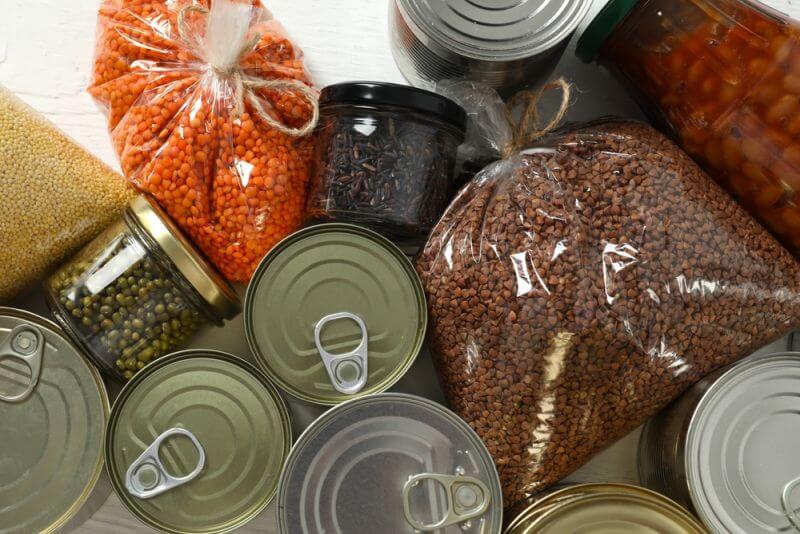







































Math was left out of this article. Specifically, conversation from BTUh to tons. 12,000 BTUh = 1 Ton of ice melting each hour, so to sustain that amount of cooling for a day, you will need to melt 48,000 pounds of ice. Putting a 10 pound bag of ice value at just a dollar means you will need to produce, or purchase, handle and transport $4,800 worth of ice each day to replace one large window unit air conditioner. The logistics of this is impractical in good times and particularly when you have other needs for the event considering it would be a full time job. Conclusion: Mathematically, logistically, and economically impractical.
I posted my alternative to a recent article.
[email protected]
Humidity was also left out of this article. I live in Utah where it’s seasonally hot and dry and evaporative cooling is common and building your own is highly uncommon because they are mass produced and economical and in mostly every home store. When I lived in Kingwood, Texas and Louisiana, humidity was generally prohibitive of the practically of evaporative cooling.
[email protected]
Humidity and location were also left out of this article. I live in Utah where it’s seasonally hot and dry and evaporative cooling is common and building your own is highly uncommon because they are mass produced and economical and in mostly every home store. When I lived in Kingwood, Texas and Louisiana, humidity was generally prohibitive of the practically of evaporative cooling.
[email protected]